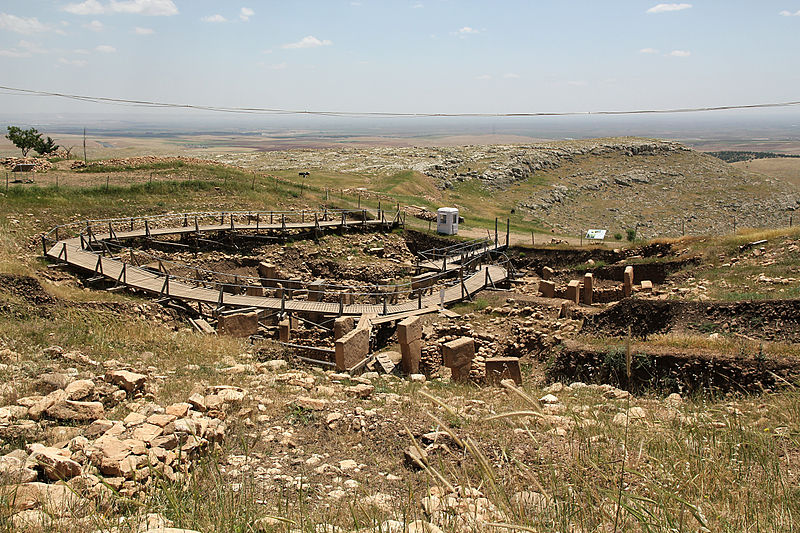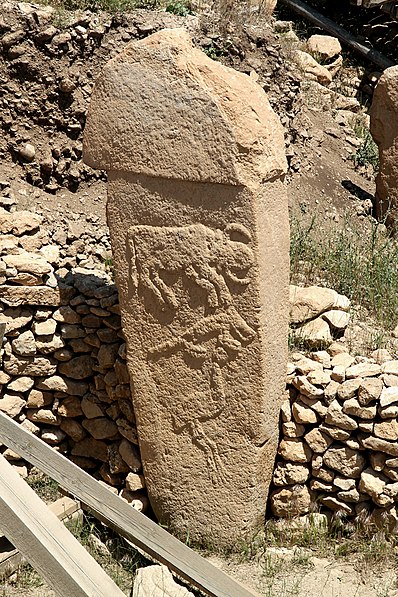Göbekli Tepe, Urfa

Facts and practical information
Göbekli Tepe is a monumental discovery that has reshaped our understanding of human history. Nestled in the rolling hills near the city of Urfa in southeastern Turkey, this archaeological site is one of the oldest known examples of complex, monumental architecture anywhere in the world. Radiocarbon dating indicates that the structures at Göbekli Tepe are more than 11,000 years old, which places them at the very end of the last Ice Age.
Characterized by its impressive circular and oval-shaped structures, Göbekli Tepe is adorned with massive, T-shaped stone pillars that are intricately carved with bas-reliefs of wild animals and abstract symbols. Some of these pillars tower over 5 meters in height and weigh up to 10 tons, a testament to the remarkable prehistoric engineering skills of their builders.
The site was discovered in 1963, but it wasn't until the 1990s that German archaeologist Klaus Schmidt realized its true significance and began methodical excavations. What makes Göbekli Tepe unique is that it predates the advent of agriculture and settled communities, challenging the conventional narrative that such complex societies only arose after the development of farming.
For tourists, Göbekli Tepe offers a fascinating glimpse into a mysterious past. Visitors can explore the excavated enclosures and marvel at the ancient craftsmanship of the stone pillars, some of which are still in the process of being unearthed. There are walkways and viewing platforms that allow for an up-close examination of the carvings and the overall layout of the site.
It's important to wear comfortable walking shoes, as the terrain around the site can be uneven, and to bring sun protection, especially during the summer months when the sun can be quite intense. The site has a visitor center that provides context and information about the ongoing research and discoveries being made at Göbekli Tepe.
Göbekli Tepe – popular in the area (distance from the attraction)
Nearby attractions include: Haliliye.








